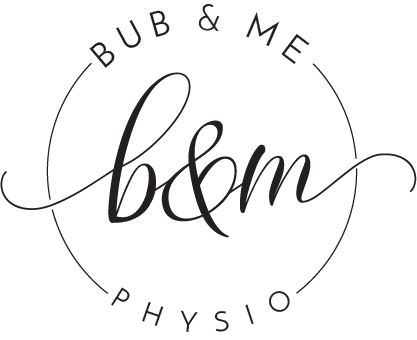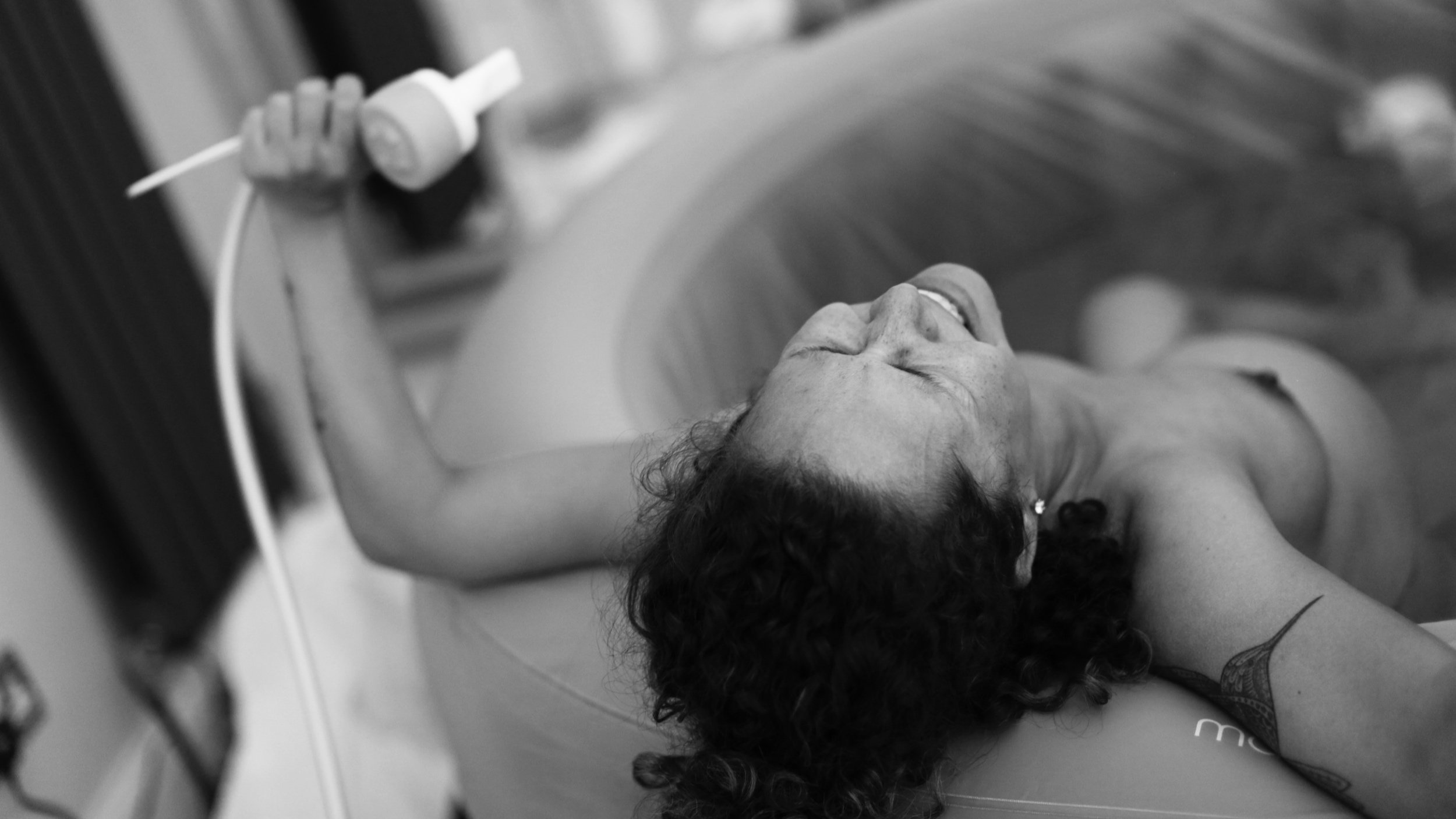Pushing during labour: which way is best?
Have you ever wondered what the best technique might be to push your baby out? Are you thinking about your upcoming birth and wondering how you’re going to get your baby into your arms?
In the past, women were typically told to start pushing as soon as they had dilated to 10cm, regardless of whether they had the urge to or not. They were told to lie on their backs, feet either in stirrups or with their care provider forcing their legs back into their abdomen, all while being told to hold their breath and bear down as hard as they could for 10 counts (Simpson, 2006).
Interestingly, the recommendations for second stage labour outlined by the Association of Women's Health, Obstetric and Neonatal Nurses (AWHONN) actually suggest the total opposite (Association of Women’s Health, Obstetric and Neonatal Nurses (AWHONN), 2007).
To summarise, the recommendations are:
Non-directed pushing is preferred. Your uterus will contract and you will get the urge to push - this is the time to push.
Pushing techniques may vary between women
Traditional breath holding for 10 seconds should be discouraged
Lying on your back should be avoided and instead you should try to use upright positions including standing, kneeling or squatting
Women should be encouraged to do what comes naturally
Having an upright, active labour is definitely easier when you have been preparing for it. Just like training for a marathon. Participating in our Strong Mama Prenatal Program will guide you through your pregnancy, week by week, helping you staying strong, prepare for your delivery, and recover more easily.
So let’s talk about pushing techniques
During labour, when it comes time to push, most women are instructed to “push like you’re doing a poo”. This is how I was instructed to push when I was birthing my babies and it’s what I commonly hear from other mamas. This technique can lead to you holding your breath and becoming tense throughout your body, squeezing your abdomen and pushing directly on your pelvic floor.
“The Coffee Plunger” Pushing Technique helps you to push during the second stage of labour, while relaxing your pelvic floor muscles, rather than pushing against them.
The Coffee Plunger:
When you need to push, you will be using your diaphragm and upper abdominal muscles to exert extra pressure down on the uterus (and baby) to move the baby deeper into the birth canal.
Visualise a coffee plunger. Imagine that your body is the coffee pot and as you push down the plunger, visualise pushing down from your baby’s bum, slowly increasing the pressure downwards in a controlled manner.
Place your hands on either side of the top of your belly.
Take a deep belly breath, imagining your belly and pelvic floor softening and opening, and as you breathe out use your diaphragm and upper abdominal muscles to push down (similar to pushing down on plunger coffee).
As you exhale, keep your jaw relaxed and use yogic breathing (constrict the back of your throat to create deep, low noises).
Keeping your pelvic floor muscles relaxed throughout is important.
Surges (contractions) are like waves. They start off mild, reach a peak of intensity and then peter off down the other side. As the contraction builds, so does the pressure in your plunger. Each time you push, try to hold the plunger down at the new level rather than let it return back up, sustaining the downward push progress, although the pressure will ease between contractions.
Remember:
Trying anything for the first time during labour is difficult. Some gentle practice beforehand is key. You can try this technique towards the end of your pregnancy when you’re emptying your bowels.
Big thing coming out small hole:
One of the most important things to understand about second stage and pushing, particularly when you are asking yourself ‘how is such a big thing going to get out such a small hole?’ (which most women wonder at some point!) is that your baby is descending a little bit with each contraction through the first stage of labour. Your baby will have travelled part way through the birth canal before you even need to start pushing. The pelvic floor (the muscular walls of the vagina) are starting to exert pressure on your baby’s head, the ‘moulding’ process. And the vagina has gone through months of hormonal influence which make the tissues of the birth canal more elastic, so they can stretch more easily. Taking things slow not only allows you to better concentrate, but it also allows your pelvic floor muscles to slowly stretch, resulting in a reduced likelihood of tearing.
You can prepare by stretching the perineum during pregnancy to help reduce the likelihood of tearing during delivery. Read our blogs ‘Does Perineal Massage Work’ and ‘Perineal massage, EPI-NO or a no-go!?’ to learn more about this technique.
All that said, do what feels right for you, and no matter how you birth your baby, you are a superhero. PERIOD.
P.S. And don’t forget to grab a copy of our free e-book, which offers information, strategies and exercises for your whole pregnancy, to help you prepare for labour and birth, stay strong and reduce injuries.
References
Association of Women’s Health, Obstetric and Neonatal Nurses (AWHONN). (2007, January). Nursing care and management of the second stage of labor, second edition. Evidence-based clinical practice guideline. (NGC-8051).
Simpson, K. R. (2006). When and How to Push: Providing the Most Current Information About Second-Stage Labor to Women During Childbirth Education. Journal of Perinatal Education, 15(4), 6–9. https://doi.org/10.1624/105812406x151367





